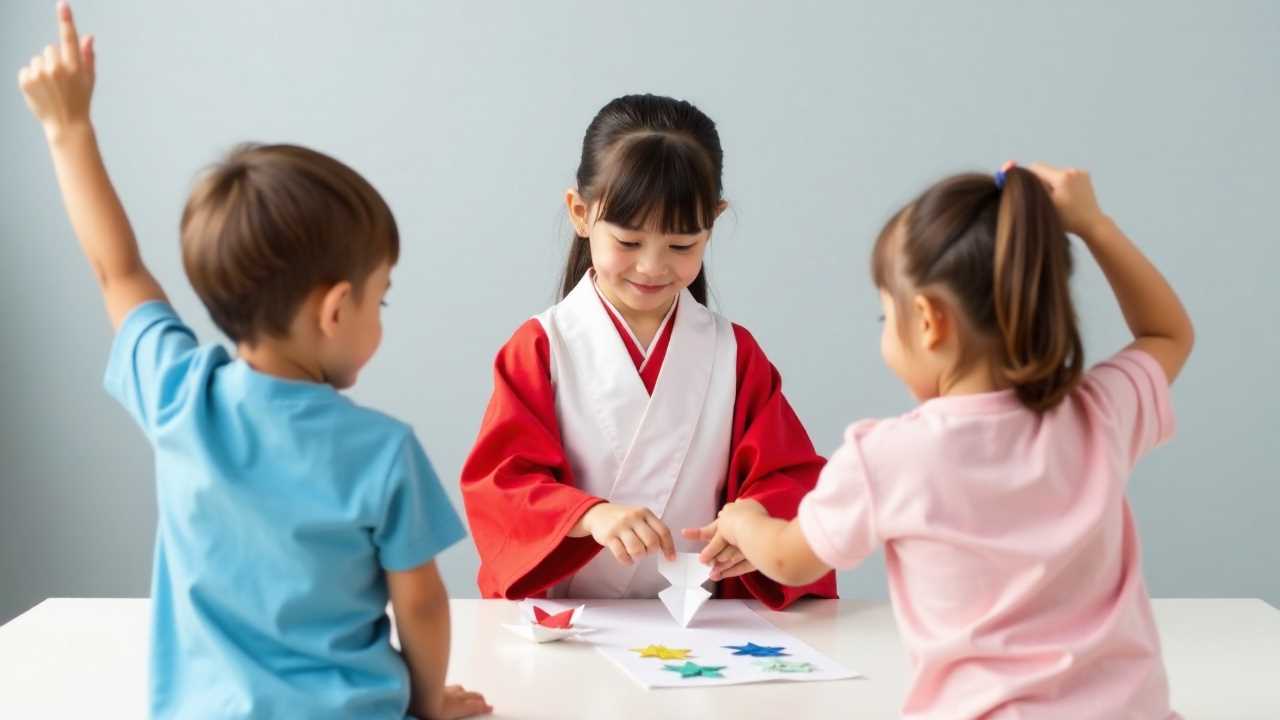
The Power of Origami Therapy for Children
Origami therapy for children is an engaging and effective method that utilizes the art of paper folding to promote creative expression and enhance emotional development. This therapeutic approach not only captivates children's imaginations but also provides them with valuable skills that can benefit their overall growth. By participating in origami activities, children can explore their creativity while simultaneously developing critical fine motor skills and practicing mindfulness exercises.
Understanding Origami and Its Benefits
Origami, the traditional Japanese art of paper folding, transforms a simple sheet of paper into intricate designs and shapes. This ancient practice has been recognized for its numerous benefits, particularly for children. Engaging in origami helps children to focus their attention, improve their hand-eye coordination, and develop patience as they follow complex instructions. Through these activities, children learn to appreciate the beauty of creation and the satisfaction of completing a project.
One of the most significant advantages of origami therapy is its ability to foster emotional development. As children manipulate paper, they experience a sense of accomplishment, which boosts their self-esteem. Each successful fold and completed piece serves as a tangible reminder of their capabilities, encouraging them to take on new challenges with confidence.
Enhancing Fine Motor Skills Through Paper Folding
Fine motor skills are essential for children's overall development, impacting their ability to perform everyday tasks such as writing, buttoning shirts, and using utensils. Origami activities provide an excellent opportunity for children to strengthen these skills. The precise movements required in paper folding help to refine their dexterity and coordination.
As children practice origami, they learn to manipulate paper with increasing precision. This process involves various hand movements, such as pinching, folding, and creasing, all of which contribute to the development of fine motor skills. The repetitive nature of these actions reinforces muscle memory, making it easier for children to perform similar tasks in other areas of their lives.
Promoting Mindfulness Through Origami Activities
In today's fast-paced world, teaching children the importance of mindfulness is more crucial than ever. Origami therapy serves as an effective tool for promoting mindfulness among children. As they engage in paper folding, they are encouraged to focus on the present moment, allowing them to quiet their minds and reduce anxiety.
Mindfulness exercises incorporated into origami activities can include deep breathing techniques and guided visualization. By encouraging children to take deep breaths and visualize the final product, they become more attuned to their thoughts and feelings. This practice not only enhances their concentration but also helps them develop emotional regulation skills.
Encouraging Creative Expression Through Origami
Origami therapy provides children with a unique outlet for creative expression. As they experiment with different designs and techniques, they are free to explore their artistic abilities. This creative freedom fosters a sense of individuality and encourages children to express their thoughts and emotions through their artwork.
By allowing children to choose their own origami projects, we empower them to make decisions and take ownership of their creations. This autonomy is essential for building self-confidence and encouraging a lifelong love for creativity. Additionally, the process of creating origami can serve as a form of storytelling, enabling children to convey their feelings and experiences through their art.
Building Social Skills Through Group Origami Activities
Origami therapy can also be a collaborative experience, providing opportunities for children to engage with their peers. Group origami activities promote teamwork and communication, allowing children to share ideas and learn from one another. As they work together to create intricate designs, they develop essential social skills, such as cooperation, patience, and empathy.
In a group setting, children can take turns leading projects, offering guidance, and providing constructive feedback to their peers. This collaborative approach not only strengthens their social bonds but also reinforces the importance of supporting one another in their creative endeavors.
Implementing Origami Therapy at Home and in Schools
Integrating origami therapy into daily routines can be a rewarding experience for both children and caregivers. Parents and educators can introduce simple origami projects that align with children's interests, making the activities more engaging. From animals to flowers, the possibilities are endless, allowing for a diverse range of projects that cater to various skill levels.
To create a conducive environment for origami therapy, we recommend setting aside dedicated time for these activities. This could be a weekly family night or a classroom session where children can focus on their projects without distractions. Providing a variety of paper types, colors, and patterns can also enhance the experience, inspiring children to experiment and explore their creativity.
The Lasting Impact of Origami Therapy for Children
Origami therapy for children is a powerful tool that fosters creative expression, enhances fine motor skills, and promotes emotional development. Through engaging in origami activities, children not only learn valuable skills but also develop a deeper understanding of themselves and their emotions. By incorporating mindfulness exercises and encouraging collaboration, we can create a supportive environment that nurtures their growth.
As we continue to explore the benefits of origami therapy, we recognize its potential to make a lasting impact on children's lives. By embracing this art form, we can empower the next generation to express themselves creatively, develop essential life skills, and cultivate emotional resilience.
 Kids Art ProjectsParty PlanningPaper CraftsOrigami for KidsPrivacy PolicyTerms And Conditions
Kids Art ProjectsParty PlanningPaper CraftsOrigami for KidsPrivacy PolicyTerms And Conditions
